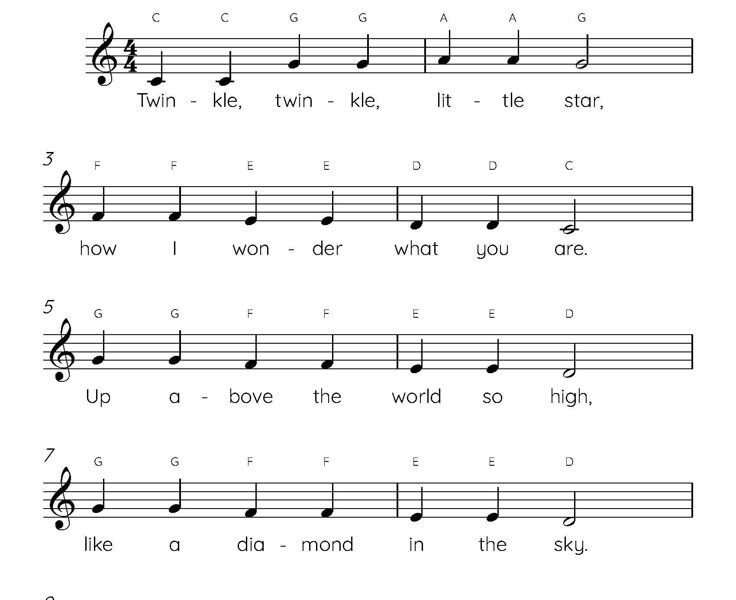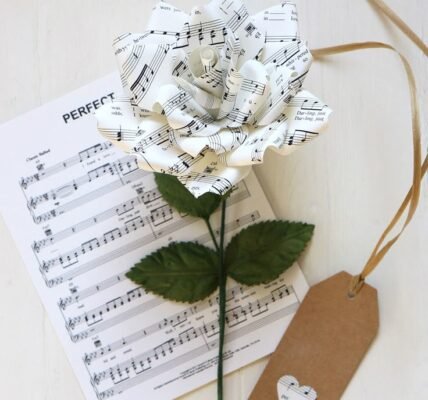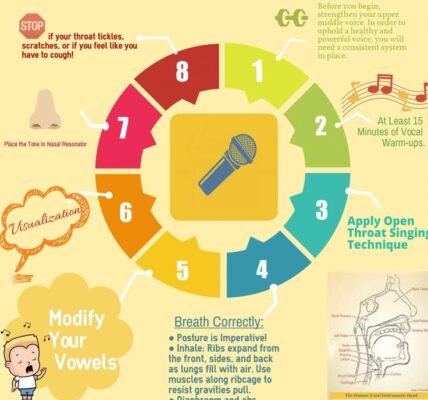Reading sheet music for string instruments like violin, viola, cello, and double bass is an essential skill for any musician. This step-by-step guide explains the fundamentals clearly, based on the most current teaching practices and digital tools available today.
Understand the Staff and Clefs
String music is written on a staff consisting of five lines and four spaces. The clef at the beginning tells you the pitch range. Violin uses the treble clef, viola uses the alto clef, and cello and double bass often use the bass clef. Some advanced passages may switch clefs within the same piece, so recognizing each is crucial.
Learn Note Names and Positions
Each line and space corresponds to a specific note. On the treble clef, the bottom line is E, and the spaces spell FACE from bottom to top. The alto clef centers middle C on the middle line, while the bass clef starts with G on the bottom line. Memorize these note names and practice identifying them quickly.
Grasp Rhythms and Time Signatures
To play in time, understand the note values — whole, half, quarter, eighth, and sixteenth — and how they fit into a measure. The time signature (e.g., 4/4 or 3/4) tells you how many beats each measure contains and which note gets the beat. Practice clapping rhythms while reading to build accuracy.
Master Key Signatures and Accidentals
Key signatures appear after the clef and before the notes, showing which notes are consistently sharp or flat throughout the piece. Accidentals — sharps, flats, or naturals placed before a note — alter the pitch for that measure only. Learning the circle of fifths helps you recognize key signatures faster.
Identify Bowings and Articulations
For string players, markings above or below notes indicate bowing techniques like up-bow, down-bow, staccato, slurs, and accents. Familiarize yourself with these symbols, as they directly affect tone and phrasing.
Read Dynamics and Expression Marks
Dynamics indicate volume (e.g., p for soft, f for loud), and expression marks guide the mood and tempo of the music. These cues ensure your performance matches the composer’s intent and creates a compelling interpretation.
Practice Sight-Reading Regularly
Sight-reading — playing music you’ve never seen before — is a skill that improves with consistent practice. Start with simple pieces and gradually increase complexity. Apps and online tools now offer interactive exercises that give instant feedback on accuracy and timing.
Use Technology to Supplement Learning
Modern apps like Sight Reading Factory, Musictheory.net, and digital sheet music readers can accelerate your learning. Many allow you to slow down difficult passages, loop sections, and even listen to audio examples while you follow along.
Tips for Progress
- Work in short, focused sessions daily to build muscle memory.
- Write note names lightly in pencil on difficult measures to reinforce learning.
- Record yourself playing to evaluate timing and intonation.
- Study both solo and ensemble scores to understand your role within the music.
Final Thoughts
Mastering sheet music for strings takes patience, but the ability to read fluently opens up a vast repertoire. Combining traditional methods with digital tools ensures steady progress and prepares you for both solo and ensemble performances.
If you’d like, I can also craft a meta description, SEO-friendly URL slug, and a few internal and external link suggestions to further optimize this piece. Let me know!





